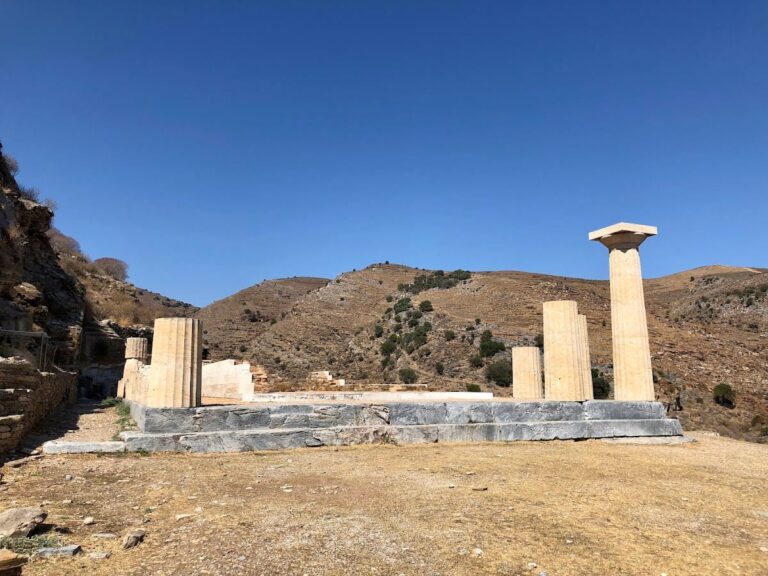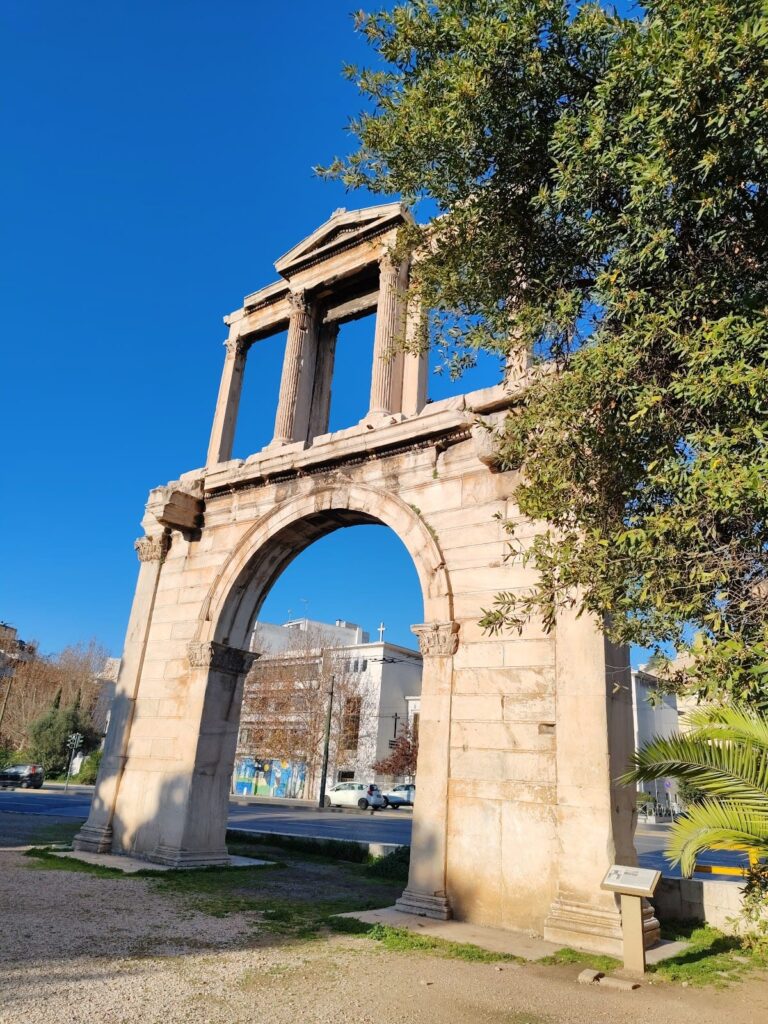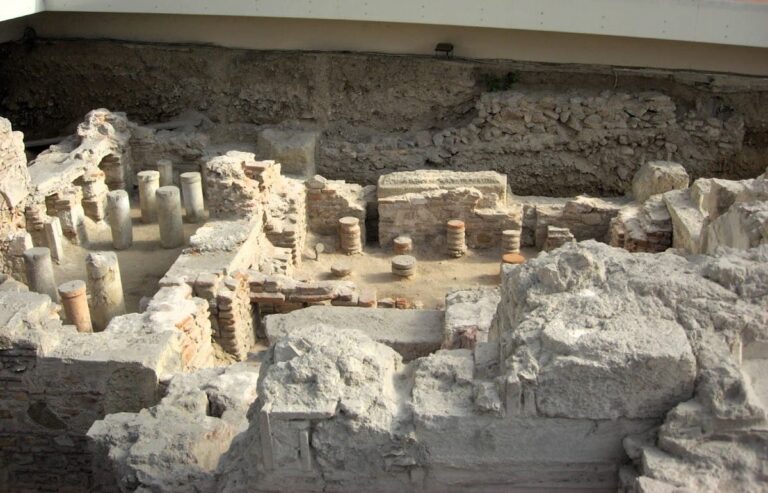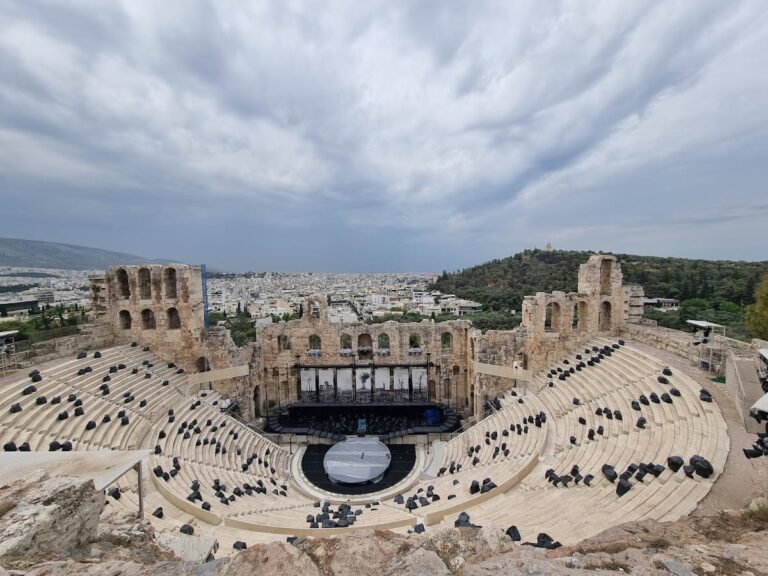Silver Mines at Drymos of Lavreotike: An Ancient Mining Site in Attica, Greece
Visitor Information
Google Rating: 4.6
Popularity: Low
Google Maps: View on Google Maps
Country: Greece
Civilization: Byzantine, Greek, Roman
Remains: Economic
History
The Archaeological Site of Silver Mines at Drymos of Lavreotike is located in southeastern Attica, Greece, within the larger Lavreotiki mining region. This area, stretching about 120 square kilometers from Mt Paneion to Cape Sounio, was the most significant silver-mining center in both ancient and modern Greece. Mining activity here began in the Late Neolithic period, around 3200 BC, marking the start of a long tradition of extracting silver, lead, and copper that supported major Aegean civilizations such as the Cycladic, Minoan, and Mycenaean cultures.
During the Classical period, in the 5th and 4th centuries BC, the mines were intensively exploited by the city-state of Athens. The silver extracted played a vital role in funding the Athenian naval fleet and monumental construction projects, including the minting of the renowned silver “Owl” coins. Mining operations at this time were large-scale and relied heavily on thousands of slaves working under harsh conditions. The site also served multiple roles beyond mining, including economic, military, religious, and administrative functions.
From the 3rd century AD, the mining activity at Lavreotiki began to decline, and by the 6th century AD, the mines were abandoned. Despite this, the area remained a known landmark for travelers up to the 19th century. Mining resumed in 1864 during the era of the modern Greek state. This revival exploited both ancient mining waste and new ore deposits. Greek and French mining companies established operations, turning the region into a multicultural industrial center that remained active until its final closure in 1990.
Throughout its history, the site included settlements, industrial villages, religious and secular buildings, fortifications, and cemeteries. These features reflect the complex and multifaceted nature of the mining community and its importance in the broader historical and cultural landscape of Attica.
Remains
The site features extensive underground mining infrastructure, including shafts that reach depths of over 100 meters and galleries extending for several kilometers. These tunnels were part of a large-scale industrial complex primarily dating to the Classical period. The mining installations include ore washeries, kilns, large water cisterns, and metallurgical workshops where silver was extracted from lead ore through smelting and cupellation, a high-temperature process used to separate metals.
Ore washeries at the site were sophisticated and designed to conserve water in the semi-arid environment. They incorporated water recycling systems with channels, settling basins, funnel-shaped outlets, and wooden sluices that functioned as barymetric instruments to measure water flow. Two main ancient mining areas, Thorikos in the north and Soureza in the south, show different water management strategies. Soureza’s washeries were supplied by temporary streams feeding large cisterns, while Thorikos relied on runoff collection, resulting in lower productivity.
The ore processing facilities included large cisterns located near washing stations and living quarters for workers. The water channels were mostly arranged in rectangular layouts, though some circular or spiral-shaped washeries have been found at the Bertseco and Demoliaki sites. The site also preserves remains of settlements, industrial villages, fortifications, cemeteries, and religious buildings. Notably, the nearby Temple of Poseidon at Sounio and the theatre of Thorikos, dating back to the 6th century BC, are part of the broader archaeological landscape.
Many archaeological remains are well preserved, allowing detailed reconstruction of ancient mining operations. Additionally, several buildings from the modern mining companies have been restored. The site is legally protected as both an archaeological area and a National Forest.










